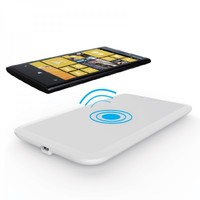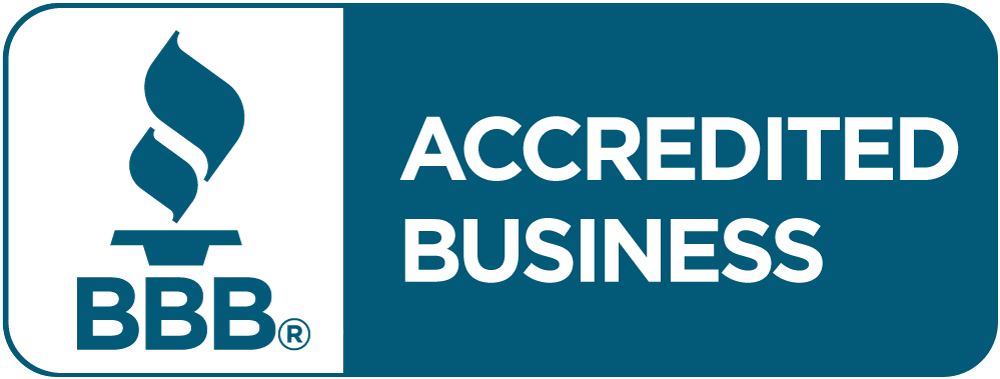 Loading... Please wait...
Loading... Please wait...Categories
Wireless Charging and the Battle for the Future: Qi VS. PMA
Posted by Joel White on 27th Jul 2014
It seems like every time a new technology emerges there is a battle over which medium will become the new industry standard. We’ve seen this happen time and time again. VHS vs. Betamax, HD-DVD vs. Blu-ray, and Xbox vs. Playstation. This trend continues once again as Qi and Power Matters Alliance (PMA) battle over which will reign supreme as the new standard by which cell phone wireless charging is done.
Definitions and Differences
Wireless charging is still a fairly new technology that hasn’t quite taken off yet. This is why the struggle between Qi and PMA is so fierce right now. The tides could turn at any moment, so both companies are trying their hardest to beat the other out. So what makes one better than the other?
Truth be told, they’re very similar. They both allow you to charge your phone by setting it down on a mat and walking away. No cords, no plugs, no hassle. Without getting too technical, Qi works on a 100-205kHz band while PMA devices work on the 277-357kHz band. What does this mean to the average consumer? Nothing. All that matters is which technology gets the most support.
Yet again, we are seeing a large divide as PMA is backed up mostly by manufacturers and Qi by its users. The PMA board of directors includes representatives from companies like Duracell, Starbucks and AT&T. This means that you shouldn’t be surprised to find PMA charging stations the next time you go to get your coffee. Alternatively, Qi is widely supported by Windows and Android phone devices, including Google and LG.
Things are split once again when it comes to major cellphone networks with PMA being supported by AT&T while Qi is supported by Sprint, Verizon, and T-Mobile. It seems that we won’t be seeing wireless charging standard any time soon with competition like this.


Supported Phones
Presently, there are few PMA-certified mobile devices, but companies like AT&T are working to change that. The recently released LG G3 supports PMA now as well as the Samsung Galaxy S5, S4, Nokia Lumia 925, 1520, Motorola Moto X, and ASUS PadFone.
Qi gets a lot of support as well from phones such as the LG G2, many Nokia Lumia devices, and the Google Nexus 7.
Some phones such as the Galaxy S5 and S4 support both. With phones like these you can buy a back cover that will either have a PMA or Qi charging module, whichever you prefer. Take the ECO Qi wireless charging receiver for the Galaxy S4 from Creekle for example. It provides an easy installation allowing you to ditch your cords and charge your phone by simply placing it down an an Qi compatible charging mat. It’s convenience at it’s finest.

The Future of Wireless Charging
Reply hazy, try again. Which standard is going to come out on top is anyone’s guess at this point. With both companies be digging their hooks into the market, it’s really hard to say which one will finally be forced to concede.
But there is one major player that could change everything. You can probably guess who it is. It’s Apple. They have been very quiet on the wireless charging front, most likely plotting and waiting for the opportune moment to strike. It’s possible that Apple is letting both sides battle it out, waiting to jump in once it’s more clear who will become the new wireless charging standard. Apple definitely has the power to secure the fate of either company.
Another possibility is that Apple won’t side with either, but rather become a competitor themselves. They have always been known to do their own thing, independent of everyone else, so it makes sense that they would continue this trend. In fact, back in late 2013, Apple won a patent that covers wireless charging. This might be the smoking gun that people are looking for, but it’s important to keep in mind that it’s not uncommon for companies to patent things that they will never use. Whatever happens, Apple will undoubtedly be a game changer.




